Kiwi
Kiwifruit grows on the eastern plains of Corsica, under the influence of the sea.
K for Kiwi
The mild autumn and absence of frost mean that our kiwifruit can be harvested late. This ensures a high sugar content, good flavour and optimum storage life.
Kiwifruit is a vine whose pollination is very important, and surely the trickiest thing to control! Insects such as bees are responsible for pollination. You need at least 1 male plant for every 5 or 6 females. What's special about kiwifruit is that it is extremely hardy: very resistant to disease and attacks by undesirable predators. It is not known exactly where this natural resistance comes from, but it is possible that the small hairs on the outer skin of the fruit provide effective protection and that the composition of the kiwi (presence of organic acids and enzymes) gives it an original "self-defence" capacity.
Kiwifruit is distinguished by :
- son goût fruité et acidulé
- its downy skin
- The flesh is tender, juicy, green and shiny.
Organic, Beautiful and Good
Nos Our kiwifruit are grown organically with the greatest care, without any chemical treatments.
A special feature of kiwifruit is that after being harvested entirely by hand, they are matured. This process allows the kiwifruit to continue maturing naturally and to develop their characteristic aromas.
Maturation offers the opportunity to offer batches of uniform maturity and quality.
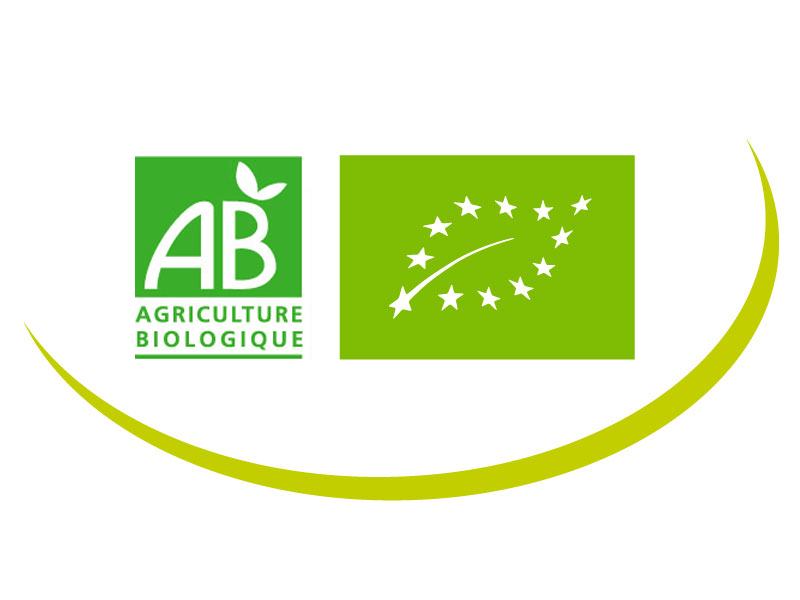
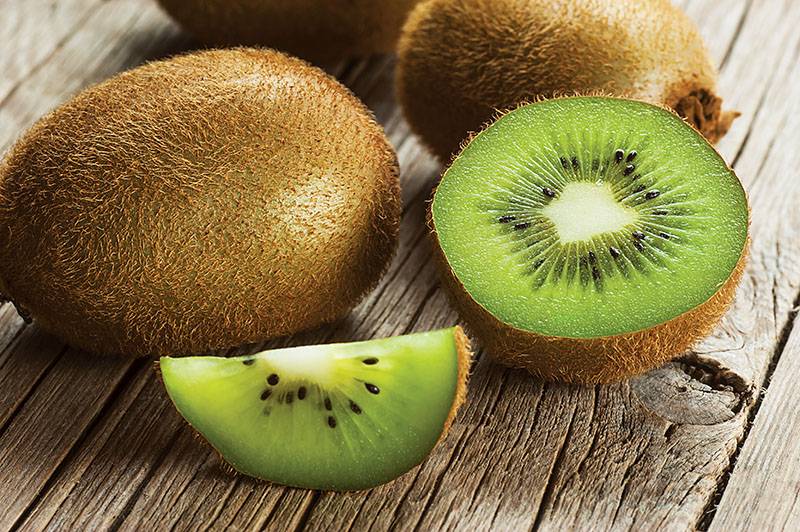
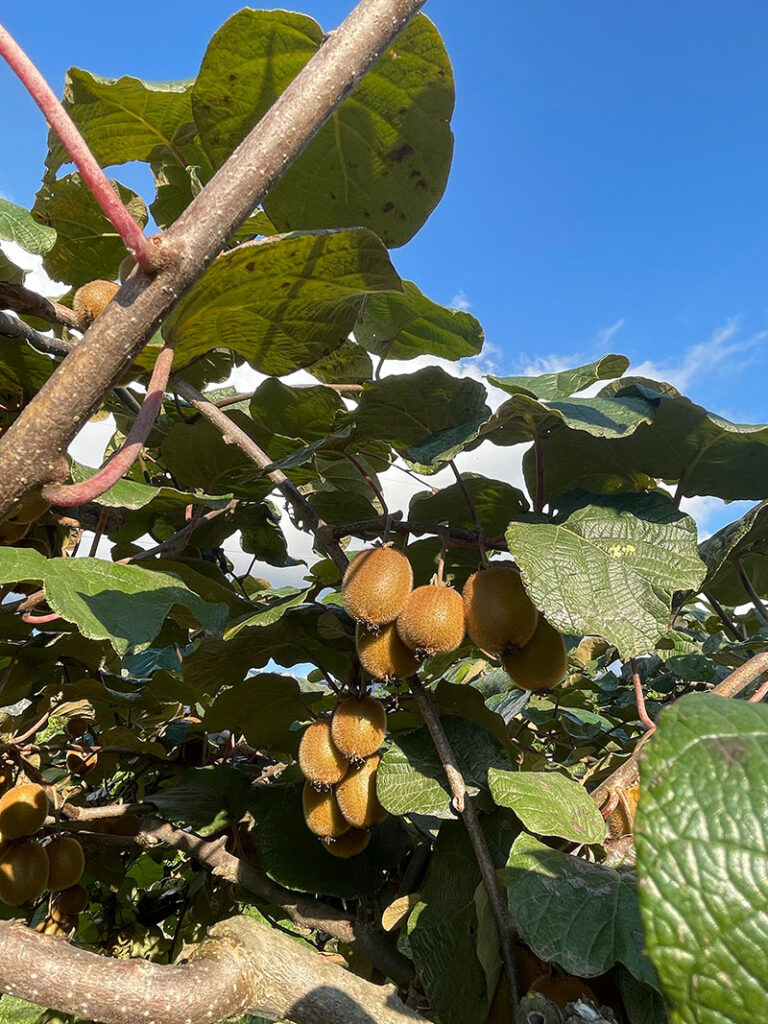
It is the Brix level that determines the start of the harvest. It must be at least 6.7° Brix.
Rich in vitamin C, it contains twice as much as oranges.
A single kiwi provides the daily amount of vitamin C we need (80mg for adults).
It is highly recommended to help the body defend itself or to get through a period of fatigue.
Kiwifruit is the perfect winter fruit!
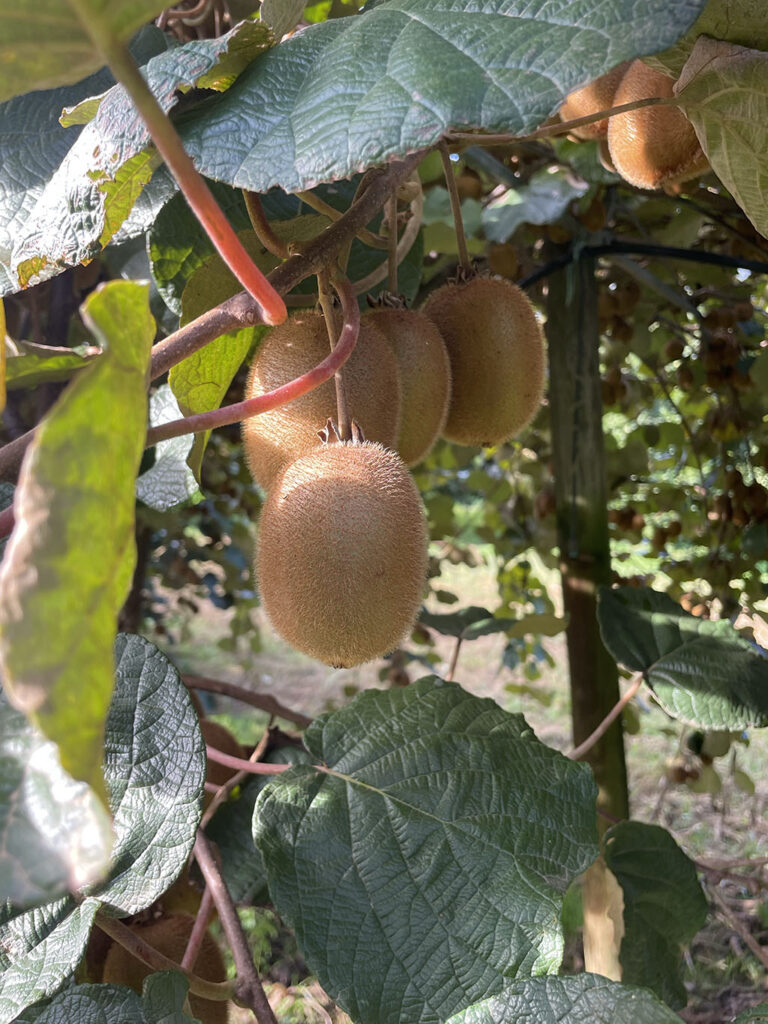
Essential information for professionals

Location
Puntimoso, in Corsica, Our orchards are ideally located on the eastern plain (east coast) to benefit from the best climate and offer excellent quality to our fruit.
Organic farming
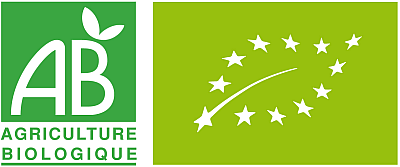
Harvesting by hand
Seasonality
to
March
Calibre, diameter and approximate weight

135 g et +
6 - 7 fruits/kg

125 - 135 g
7 - 8 fruits/kg

115 - 125 g
8 - 9 fruits/kg

105 - 115 g
9 - 10 fruits/kg

95 -105 g
10 - 11 fruits/kg

85 -95 g
11 - 12 fruits/kg

80 - 85 g
12 - 13 fruits/kg

75 - 80 g
13 - 14 fruits/kg

70 - 75 g
14 - 15 fruits/kg

65 - 70 g
15 - 16 fruits/kg
Conditionnement
50 x 30 x 17 cm ,
Palette 80/120 : 80 colis
Palette 100/120 : 90 colis
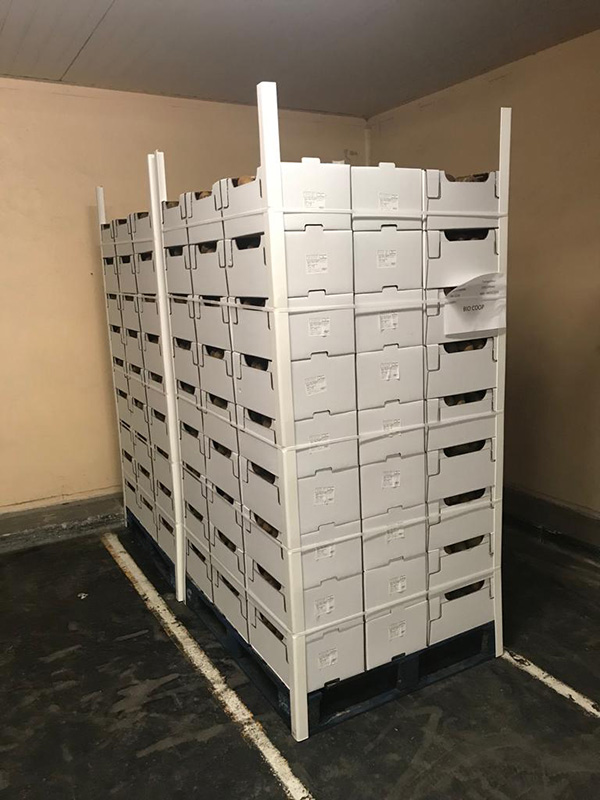
Les non conformes
they don't conform enough to be in a category. Perhaps they have a defect in appearance ... BUT THEY ARE GOOD!
Think about it, because they're ideal for an introductory price.
Contact us to find out more
Conservation
Benefits
Rich in vitamin C
and fibre
60 calories
Un an de vie de Kiwi
Pruning
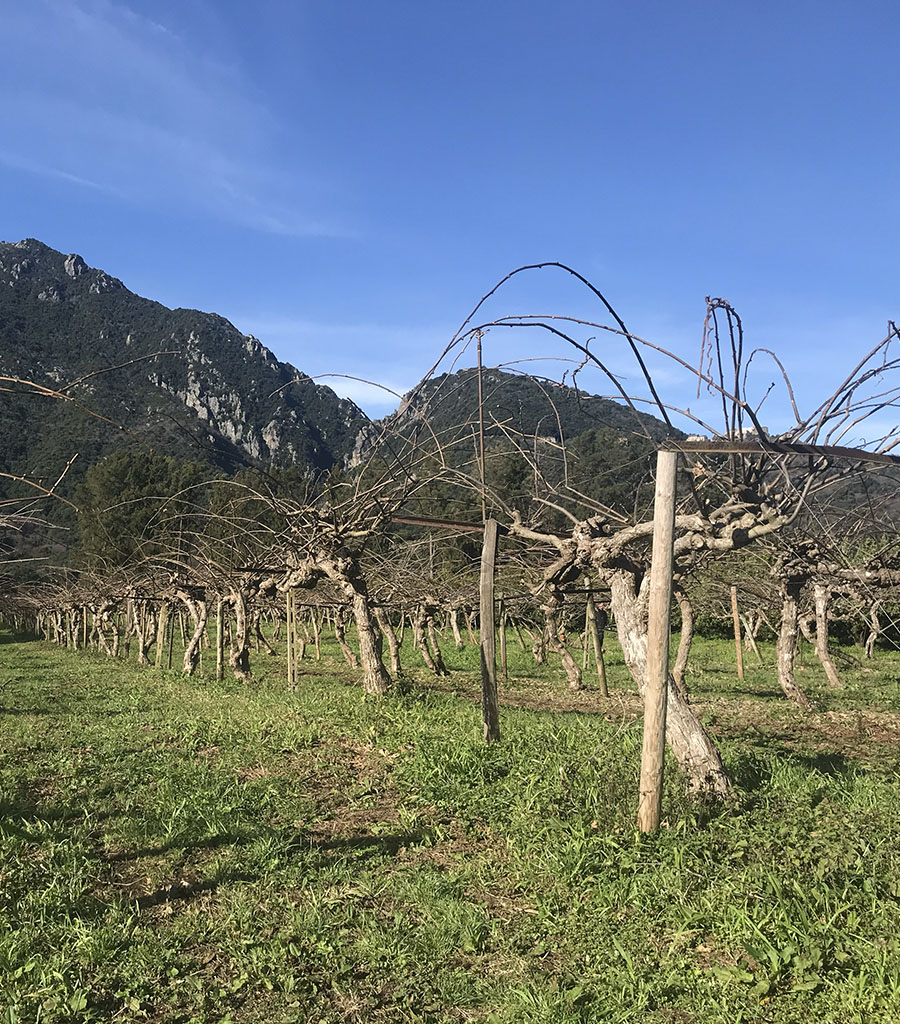
From December to February, the pruners are busy giving us a makeover. Pruning is an important moment, as it determines future yields and sizes.
Vegetative development
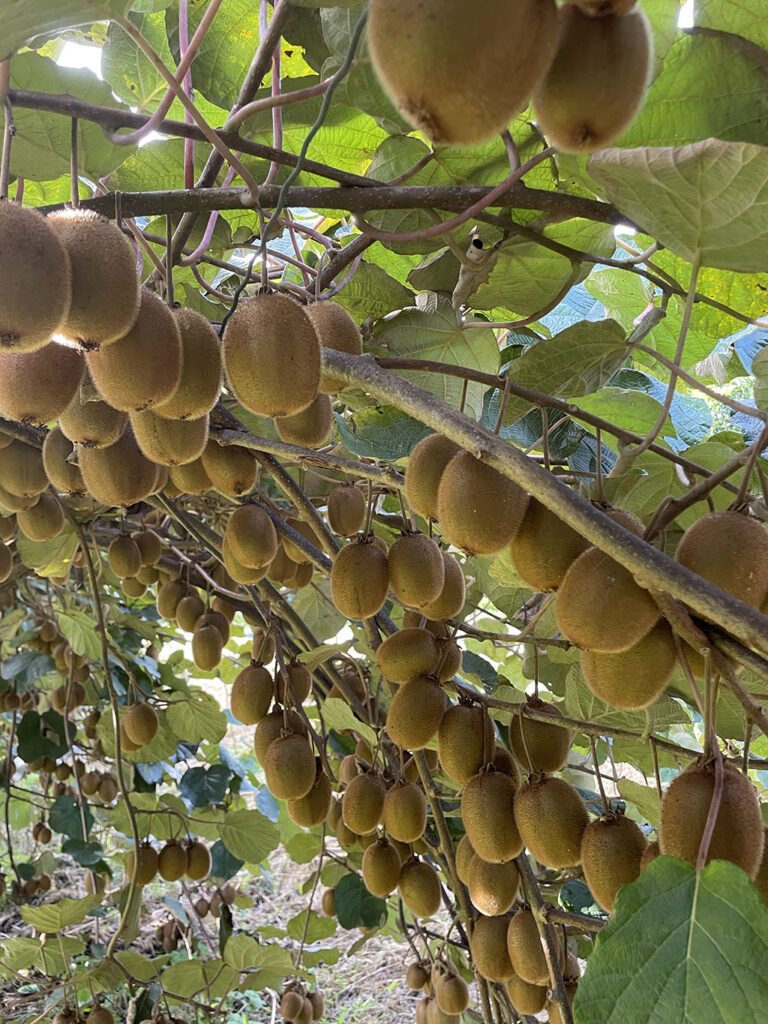
Look how beautiful it is under the leaves. Thinning takes place from mid-April to mid-July. Specialised workers keep the best of us so that we are as beautiful as possible.
Harvest
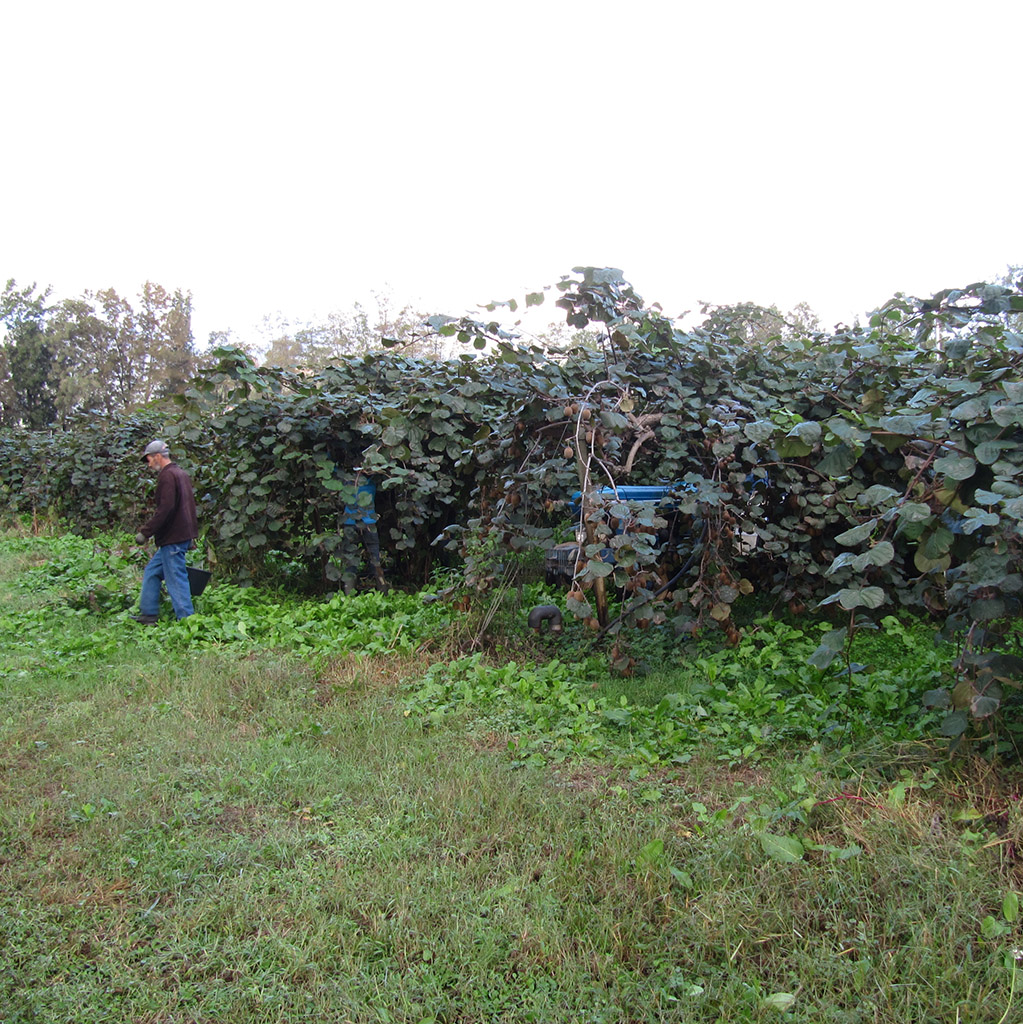
That's it, we're plump. Our flesh is tender, juicy, green and shiny.
The harvest lasts around 3 weeks and then we leave for the maturing process. A specificity that is not only reserved for cheeses!
Tasting
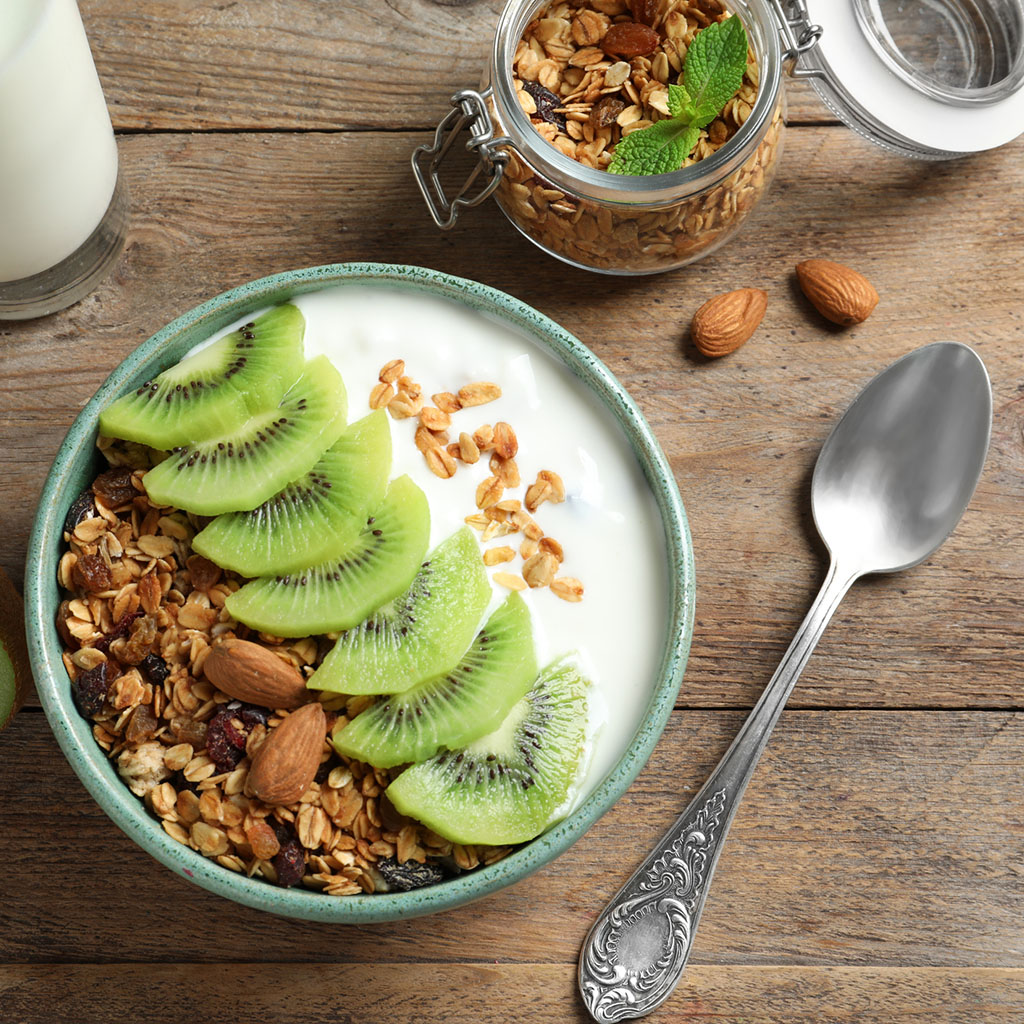
I'm low in calories and full of vitamins.
Eat me, eat me, eat me!
Alone or accompanied.
Deepen your knowledge
Kiwifruit growing is particularly complex. To explain the main stages in the life of this fruit, we have devoted an article to it.
Enjoy your reading!
